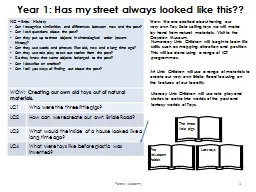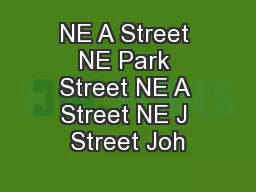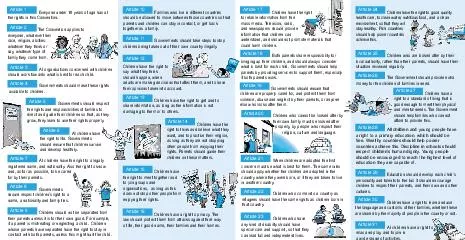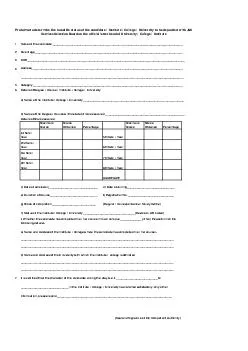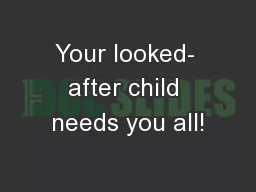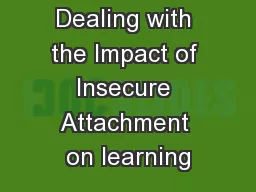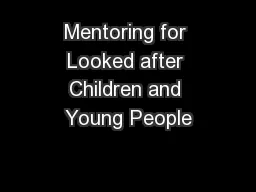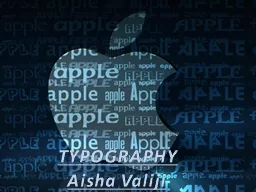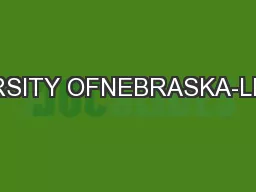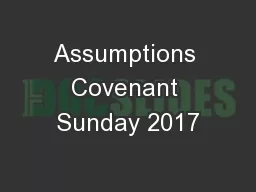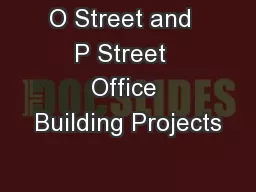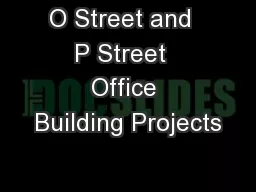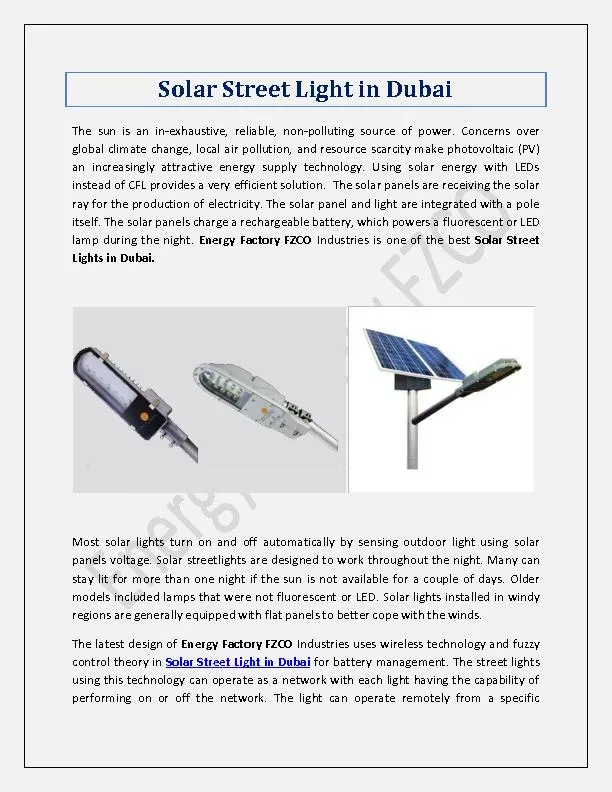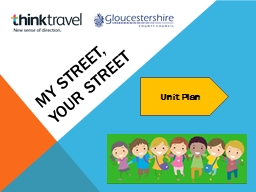PPT-Year 1: Has my street always looked like this??
Author : test | Published Date : 2017-08-16
NC links History Can I recognise similarities and differences between now and the past Can I ask questions about the past Can they put up to three objects in
Presentation Embed Code
Download Presentation
Download Presentation The PPT/PDF document "Year 1: Has my street always looked like..." is the property of its rightful owner. Permission is granted to download and print the materials on this website for personal, non-commercial use only, and to display it on your personal computer provided you do not modify the materials and that you retain all copyright notices contained in the materials. By downloading content from our website, you accept the terms of this agreement.
Year 1: Has my street always looked like this??: Transcript
Download Rules Of Document
"Year 1: Has my street always looked like this??"The content belongs to its owner. You may download and print it for personal use, without modification, and keep all copyright notices. By downloading, you agree to these terms.
Related Documents

